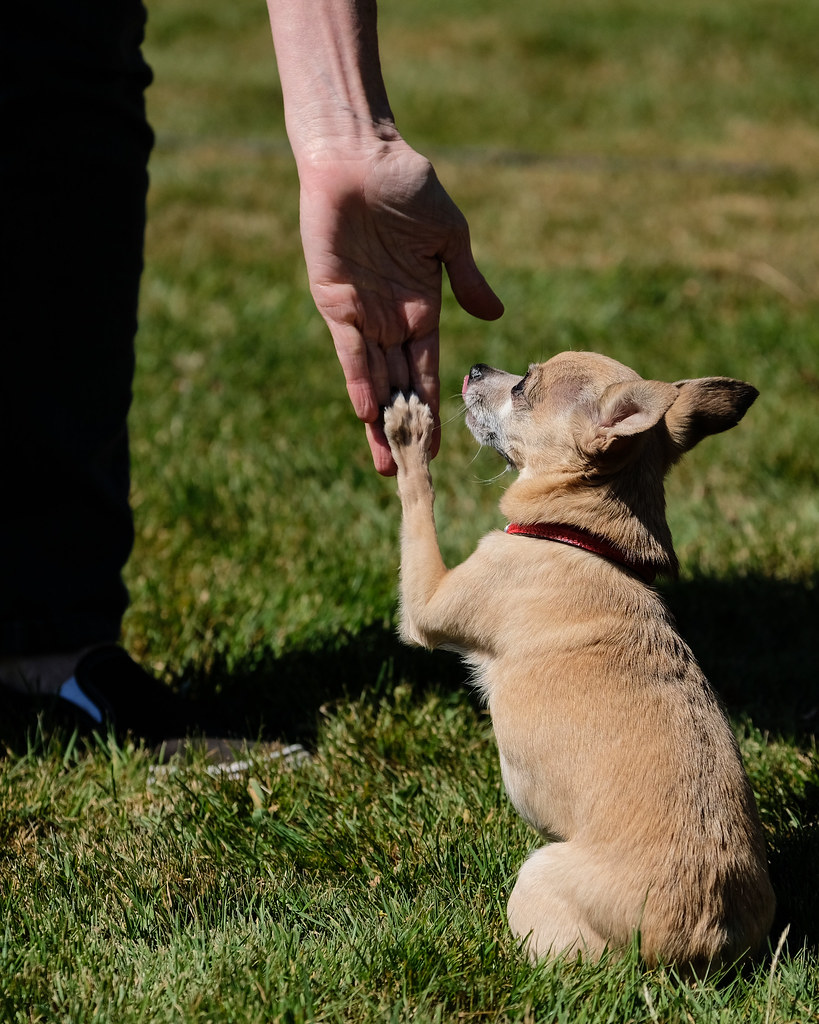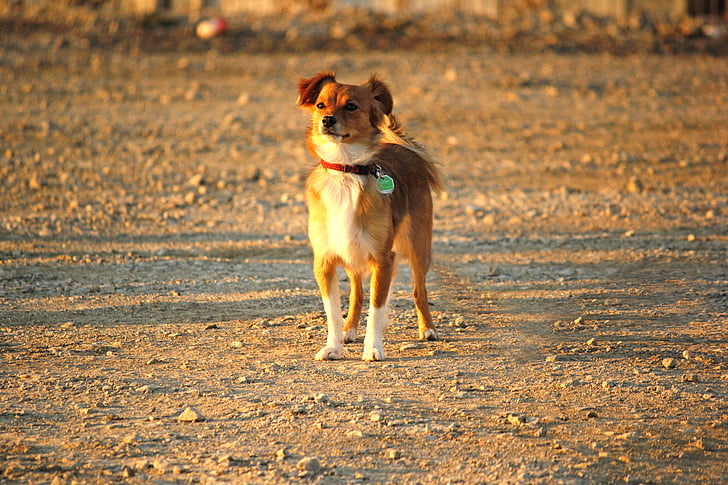How Different Dog Training Methods Work
Positive Reinforcement
In positive reinforcement, good behavior is rewarded and a bad habit is never acknowledged. To correct a manner, you must skip rewards or take away the toys and treats without making harsh punishments or reprimands. Good behavior must be rewarded within seconds so the puppy can associate it with a reward. Many trainers use positive reinforcement in conjunction with clicker training to signify the exact moment the dog completed the behavior. The commands need to be short and precise. You can reward the dog every time they follow a command for starters, and later use intermittent rewards once they have adapted to the new behavior. Be careful not to overfeed the dog when teaching.
Clicker Training
Based on operant conditioning, clicker training uses similar principles like positive reinforcement. The trainer uses a device to make a quick and sharp sound (clicker) to signal to a dog that the behavior is desirable. When used alongside verbal commands, the clicker can instil new habits. It is necessary to condition the dog to understand that a click means acknowledgment. With time, it starts to associate clicks with treats, toys, or praise. Then the trainer may introduce verbal commands to create a new association. Clicker training works well when you want your dog to learn new tri cks. However, it may not be a suitable method to curb unwanted behavior. Most dog trainers use it alongside other methods to mold a well-behaved pooch.
cks. However, it may not be a suitable method to curb unwanted behavior. Most dog trainers use it alongside other methods to mold a well-behaved pooch.
Electronic Training
As the name suggests, this method uses an electric collar to deliver citronella spray or shock when a dog fails to act according to the instructions. It is more effective when a leash is not an option, and the trainer doesn’t need to be close to the dog. Shock collars aim to keep a dog within boundaries in an unfenced yard. There are remote collars that train hounds to hunt or work in fields. Most pet owners claim that these devices are safer than choke collars and other mechanical leashes. But it is not for the average pet parents that may stress their animals or overuse the shocks.
Science-Based Training
Scientific training is based on information that is changing gradually. It focuses on understanding the nature of your canine friend, their level of adaptability, and the efficacy of the reward system. New studies and experiments continue to shape human’s understanding of dog psychology. Trainers try to understand dogs before correcting their behaviors. As such, this method requires a great deal of research and keeping abreast with the latest studies.

